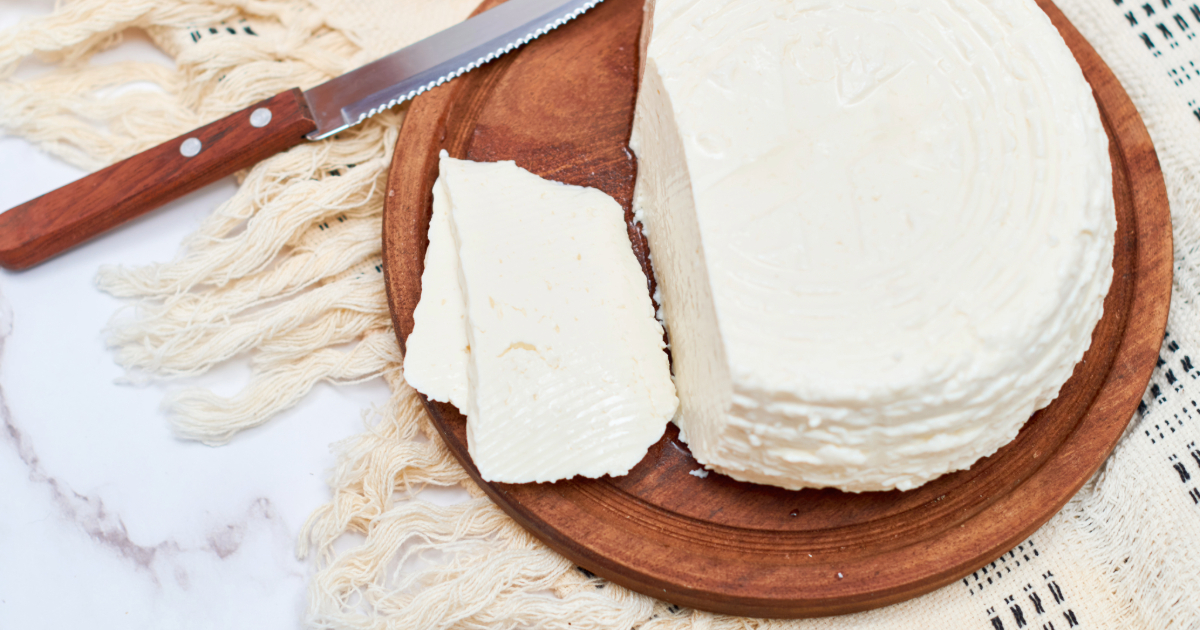Mexican cuisine is renowned worldwide for its bold, vibrant flavors. An essential component in authentic Mexican dishes is the cheese.

Mexican cheeses add a unique tangy, salty creaminess that perfectly complements the complex seasonings.
Unfortunately, many iconic Mexican cheeses can be difficult to source outside of Mexico.
With a little creativity, you can recreate authentic Mexican flavors using cheese substitutes readily available in grocery stores.
What Is Mexican Cheese
Mexico has a long, rich tradition of cheesemaking. When the Spanish introduced dairy animals to Mexico, local artisans quickly embraced cheese production. They created distinct varieties utilizing cow, goat, and sheep's milk.
Mexican cheeses are characterized by their soft, mild, fresh flavors. Most are meant to be eaten soon after production. In fact, the term "queso fresco" translates to "fresh cheese."
Cheese plays several roles in Mexican cuisine:
- Crumbled over antojitos like tacos and tostadas
- Melted in quesadillas, tortas, and enchiladas
- Served fresh with fruit for dessert
- Added to bean dishes for a creamy texture
Queso fresco and Oaxaca cheese are among the most ubiquitous. However, Mexico produces over 40 varieties of cheese with unique taste profiles.
Queso Fresco and Queso Blanco
Queso fresco is a soft, mild, white cheese used to top enchiladas, tacos, and salads. It has a crumbly texture when chilled but melts nicely when heated. You'll also see it called "queso ranchero."
Queso blanco is very similar - a fresh white cheese that melts smoothly. However, queso fresco uses rennet in production while queso blanco uses acids like vinegar or lime juice.
Try: Mild feta, Italian ricotta, paneer, queso de freir, or queso de hoja. For a more authentic tang, mix in a little lime juice. Queso fresco and queso blanco can be used interchangeably in recipes.
Oaxaca Cheese
Oaxaca cheese, also called quesillo, has a mozzarella-like texture. When heated, it melts into long gooey strands. It is traditionally hand-stretched and wound into balls. Oaxaca cheese is essential for quesadillas, tlayudas (Mexican pizza), and chiles rellenos.
Try: Mozzarella or provolone work nicely, or experiment with a blend. Add a pinch of salt for a boost in flavor. Stretch the cheese by hand before using for an authentic stringy texture.
Requesón
Requesón is often compared to ricotta. It has a moist, grainy texture and mild milky taste. Requesón is wonderful in dessert breads but also makes a creamy filler for enchiladas.
Try: Ricotta is an obvious substitute here. Full-fat varieties will be closest in richness. For a creamier texture, puree in a food processor.
Queso Chihuahua
Named after the state of Chihuahua, this pale yellow cheese has a mellow, buttery taste. It melts extremely well, so it's perfect for queso dips, fondue, and stuffed peppers.
Try: Monterey Jack, cheddar, or mild provolone will work nicely. For authentic flavor, opt for a younger cheese without too much bite.
Queso Panela
Queso panela is often formed in a basket mold, leaving an imprint on the cheese. When fresh, it has a firm yet pliable texture. Panela holds its shape when cooked making it ideal for grilling, adding to salads, or stuffing into poblanos.
Try: Paneer is a good substitute, as is halloumi or firm ricotta. Grill or pan-fry them quickly to impart a tasty crust without turning rubbery.
Queso Asadero
Queso asadero is meant for melting. It has a subtle taste and slight elasticity that makes it perfect for stretching. Chile con queso, quesadillas, and cheese-stuffed tortas rely on the superb melting ability of asadero.
Try: Oaxaca cheese can be substituted in a pinch. For other options, go for mozzarella, Monterey Jack, or mild provolone.
Queso Cotija
Aged queso cotija is dubbed the Parmesan of Mexico. It's dry, crumbly, and packed with tangy saltiness. Cotija is sprinkled over finished dishes like soups, salads, beans, and tacos.
Try: Feta, ricotta salata, or Parmesan. For a authentic crumble, freeze a bit before using.
FAQs
Does queso fresco melt?
Yes, queso fresco does melt nicely when heated. It may not get as ooey-gooey as other cheeses, but it does soften and liquefy. This makes it perfect for topping enchiladas, chilaquiles, and more.
Can I freeze queso fresco?
You can freeze queso fresco for longer storage but be aware the texture will change. It may turn crumbly and grainy. For best results, grate first then freeze. This makes it easy to sprinkle over dishes straight from the freezer.
What does queso fresco taste like?
Queso fresco has a mild, milky flavor with a hint of saltiness. It is fresh and bright, without strong sour or tangy notes. The taste pairs wonderfully with bold Mexican seasonings.
Conclusion
The distinctive salty, creamy flavors of Mexican cheese can truly elevate your cooking.
Thankfully, with a combination of substitutions and cooking techniques, you can recreate those iconic flavors.
Queso fresco, Oaxaca, Cotija - don't deprive your tastebuds of these delicious cheeses.

